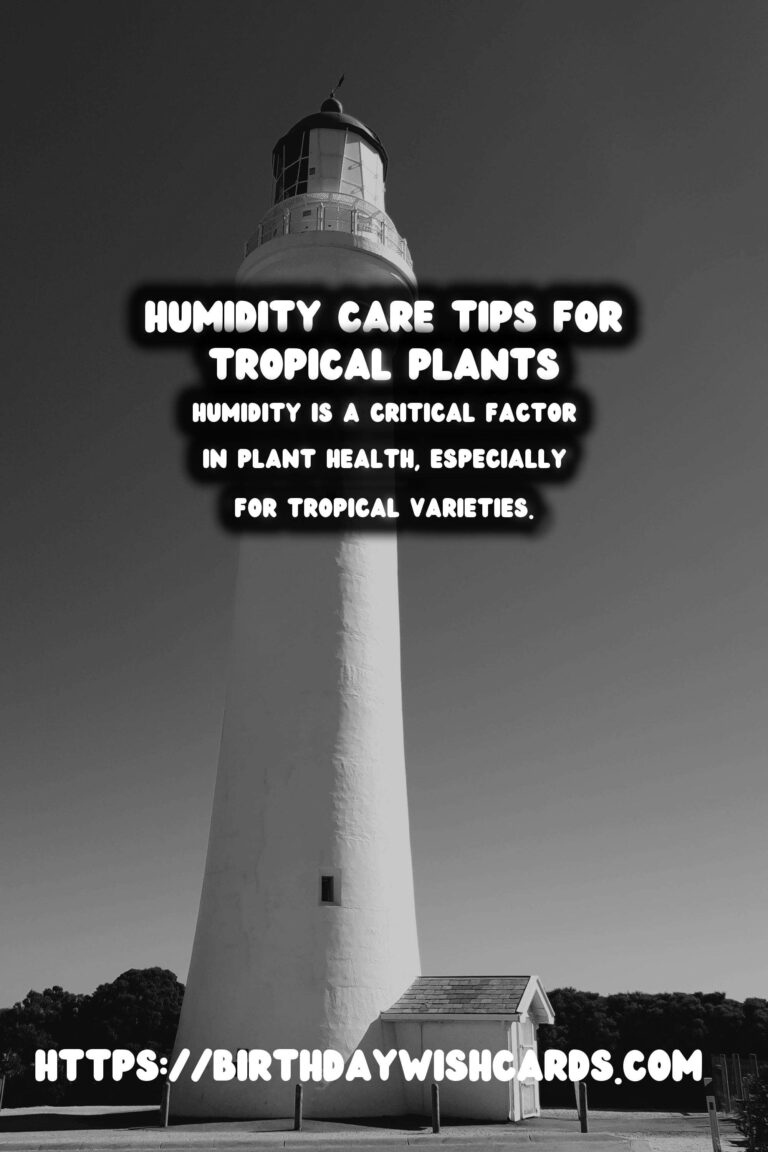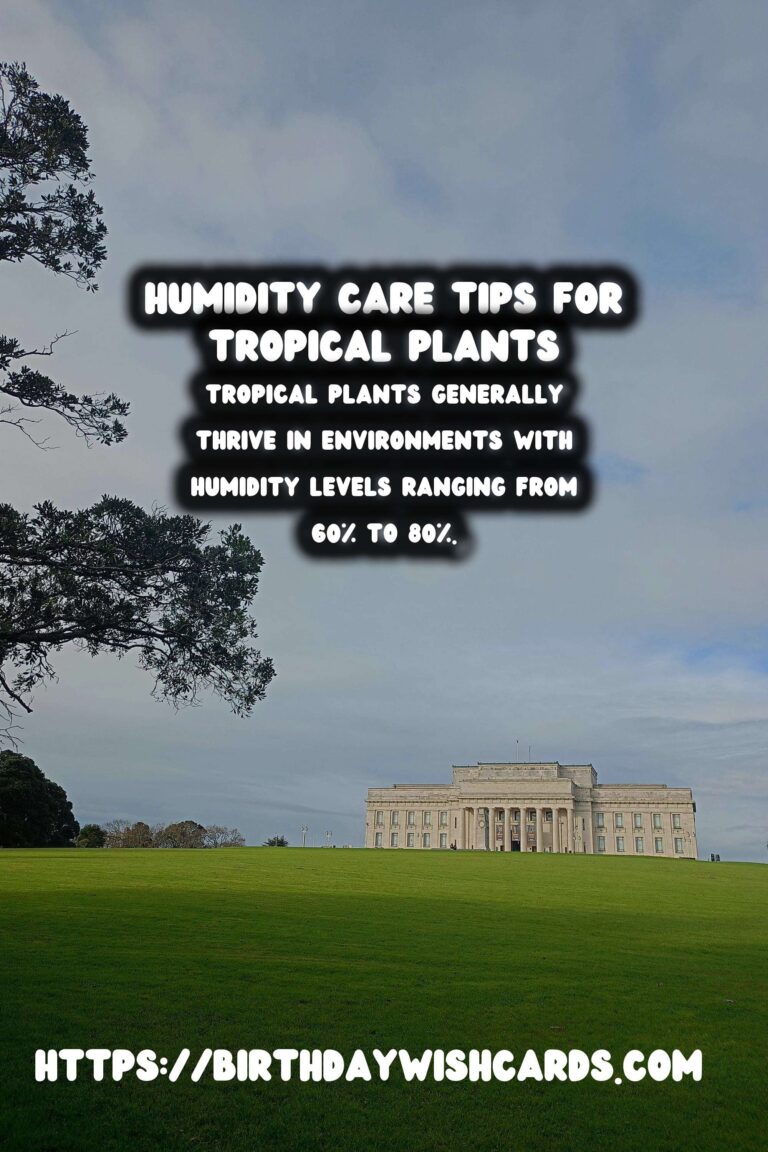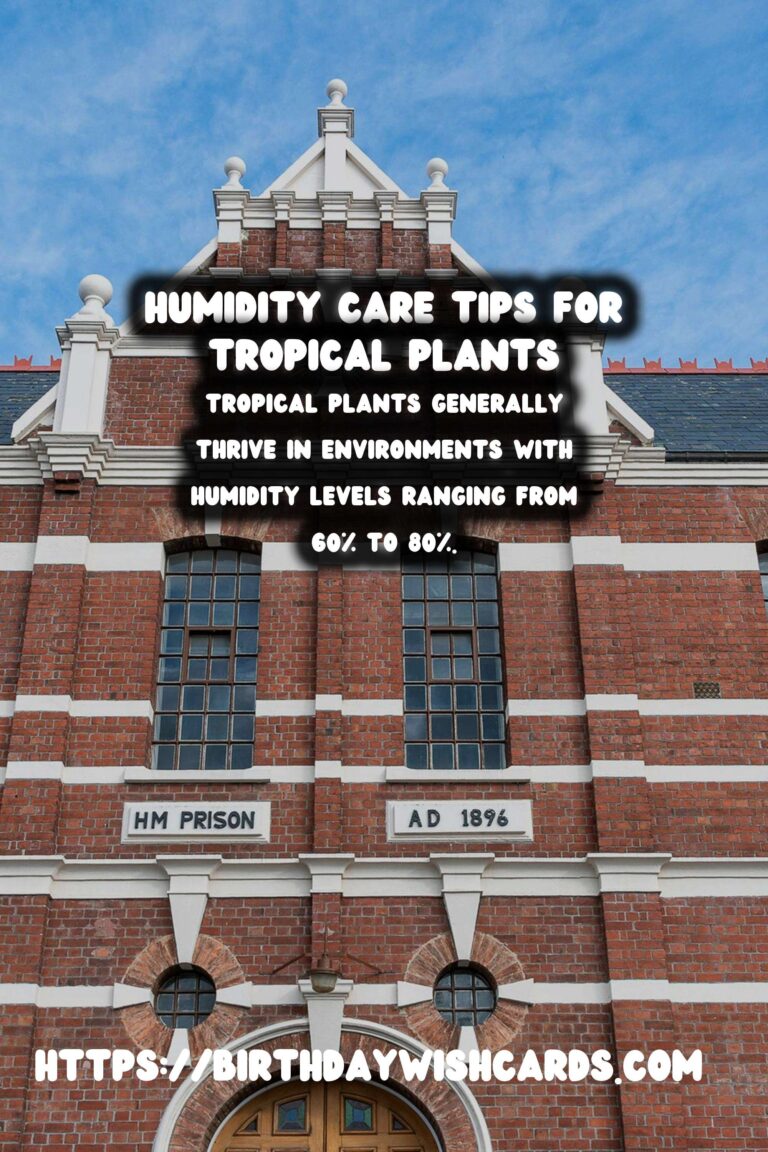
Tropical plants are some of the most vibrant and diverse species available to enthusiasts and gardeners alike. These plants are accustomed to the warm, humid environments of the tropics, making it essential to understand their specific humidity needs to ensure optimal growth and health.
Why Humidity Matters for Tropical Plants
Humidity is a critical factor in plant health, especially for tropical varieties. These plants are naturally found in lush rainforests where high humidity levels are commonplace. Here, we delve into why humidity is so vital:
Photosynthesis and Respiration: Humidity levels directly affect a plant’s ability to photosynthesize and respire. When humidity is too low, plants may close their stomata to conserve water, reducing their ability to intake carbon dioxide and release oxygen, hindering growth.
Temperature Regulation: Proper humidity helps regulate a plant’s temperature, preventing overheating and stress which can lead to leaf damage or stunted growth.
Ideal Humidity Levels for Tropical Plants
Tropical plants generally thrive in environments with humidity levels ranging from 60% to 80%. Fluctuations outside this range can cause stress and other issues. Here’s how you can maintain these conditions:
Using Humidifiers: Humidifiers are a practical solution to increase ambient humidity in your home or greenhouse. Ensure that the settings match the needed moisture levels specifically for your plants.
Misting the Plants: Regularly misting tropical plants can emulate the frequent rainfalls of their natural habitat. Use distilled water to avoid mineral buildup on leaves.
Monitoring and Adjusting Humidity
Measuring Tools: Invest in a hygrometer to track humidity levels accurately. This tool provides a clear indication of when adjustments are needed, allowing you to act swiftly to maintain optimum conditions.
Avoid Excess Moisture: While humidity is beneficial, too much moisture can lead to mold and root rot. Ensure proper ventilation and air circulation to counteract excessive dampness.
Additional Care Tips for Tropical Plants
Group Plants Together: Placing plants together can create a micro-environment with higher humidity due to collective transpiration. This community effect is a natural way to increase moisture in the air around your plants.
Use a Pebble Tray: Setting a plant on a tray of wet pebbles ensures that water evaporates around the plant, increasing local humidity without waterlogging the soil.
Consistent Care: Regular monitoring and adjusting are key to understanding and maintaining appropriate humidity levels. Each plant may have unique needs, requiring a careful and consistent approach.
Conclusion
Caring for tropical plants extends beyond sunlight and soil; understanding and managing humidity is integral to their survival and flourishing. By implementing these strategies, enthusiasts can create thriving environments that mirror the nurturing conditions of a tropical rainforest.
Humidity is a critical factor in plant health, especially for tropical varieties. Tropical plants generally thrive in environments with humidity levels ranging from 60% to 80%. 









#TropicalPlants #HumidityCare




